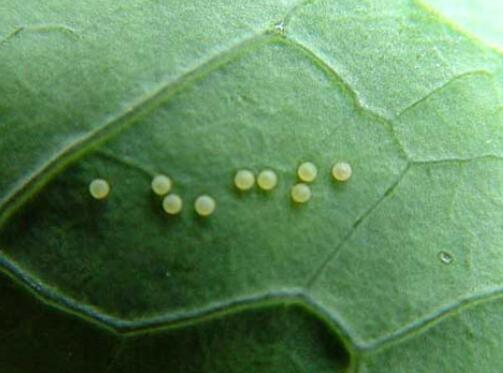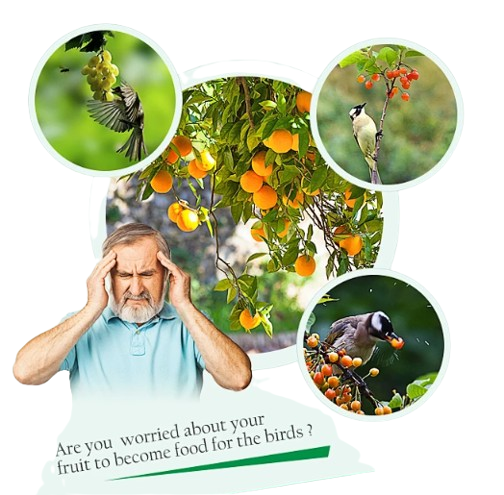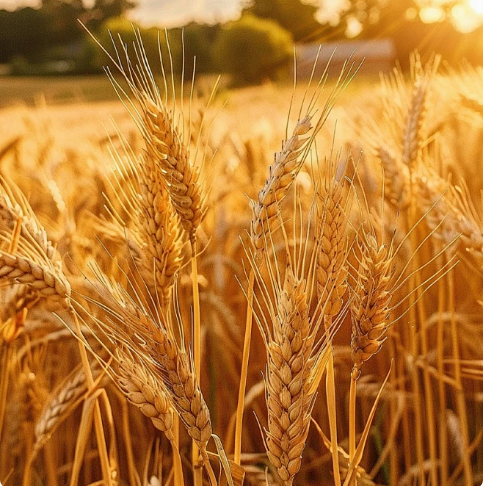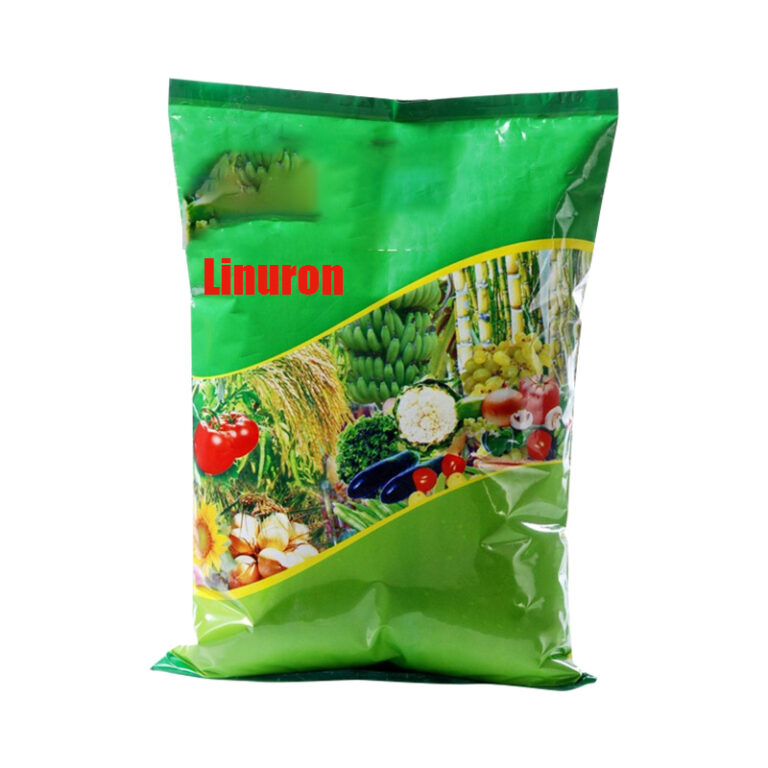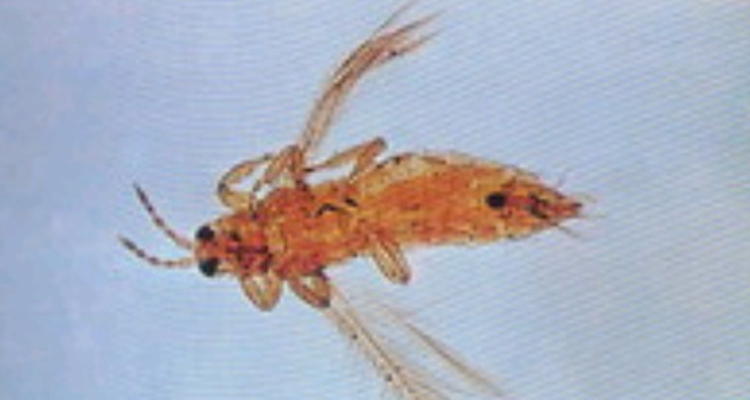Since mid-June 2024, extreme high temperatures have been observed in many regions of the Northern Hemisphere, arriving earlier and more intensely than in previous years. These high temperatures are expected to significantly impact pests and diseases in corn and wheat fields.

First, high temperatures facilitate the reproduction and spread of certain pests. For example, aphids, corn borers, and wheat aphids reproduce faster and in greater numbers under high-temperature conditions. These pests not only directly damage crops but also spread pathogens, further increasing the risk of diseases.
Second, high temperatures alter the growth environment of crops, making them more susceptible to diseases. For instance, heat and drought stress weaken crops’ resistance, making them more prone to infections. Diseases such as rust and powdery mildew in wheat, and rust and downy mildew in corn, are more likely to break out in hot and humid environments, severely affecting yield and quality.
Farmers can take the following measures to combat pests and diseases under high-temperature conditions:
- Monitoring: Increase the frequency of inspections to detect and address pest and disease issues early. Regular monitoring can help take necessary actions in the early stages of outbreaks.
- Scientific Use of Pesticides: Choose appropriate pesticides based on the specific situation and rotate different types to prevent resistance. For instance, alternating the use of DDVP and thiamethoxam can be effective. Additionally, combining products like emamectin benzoate with chlorfenapyr or chlorantraniliprole with thiamethoxam can enhance the effectiveness and spectrum of pest control. Pay attention to the safe intervals to avoid crop damage and environmental contamination.
- Enhanced Field Management: Improve the microclimate in the fields by increasing irrigation to keep the soil moist and reduce heat stress on crops. Proper plant spacing can improve ventilation and light penetration, reducing the likelihood of disease outbreaks.
- Use of Resistant Varieties: Plant crop varieties that are resistant to pests and diseases to increase resilience and adaptability. Especially during the corn planting season in the Northern Hemisphere, ensure that seeds come from reputable manufacturers with quality guarantees, and avoid using seeds without labels, production dates, or manufacturer information.
- Crop Rotation and Fallowing: Implement crop rotation and fallowing strategies to reduce the base population of pests and diseases and improve soil structure and fertility.
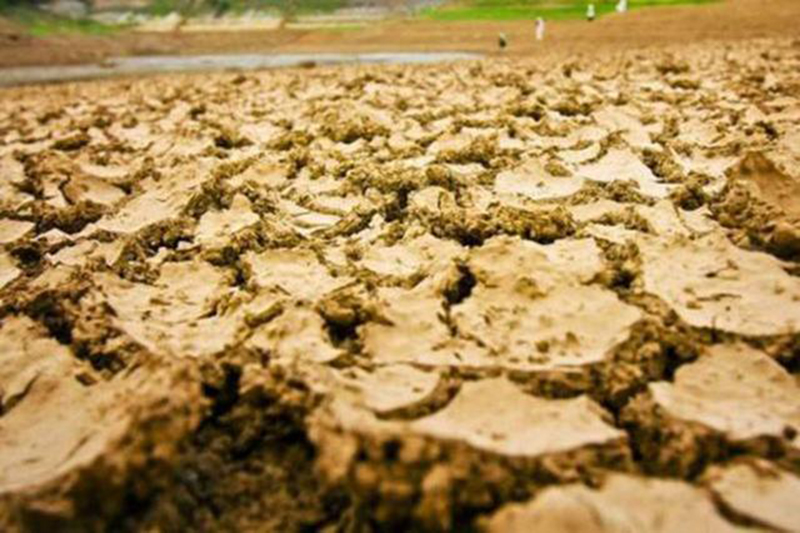
In summary, high temperatures have a significant impact on pests and diseases in corn and wheat fields. Farmers need to adopt comprehensive measures and scientific pest management practices to ensure the healthy growth and high yield of their crops.

